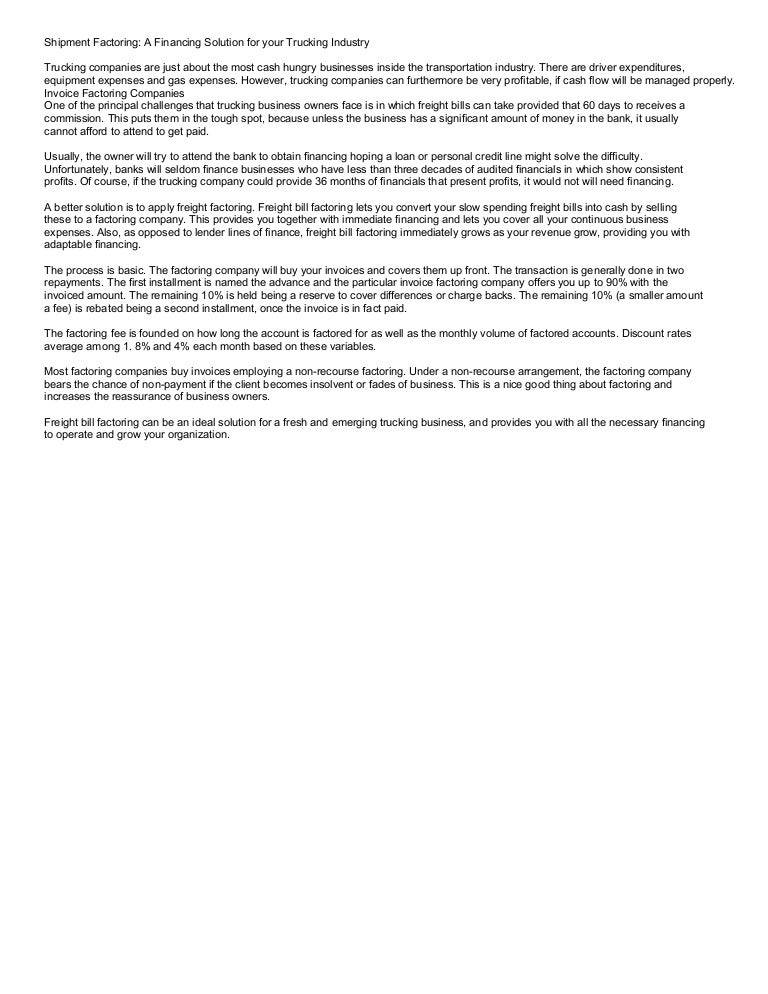
On the basis of application, it is segmented into domestic and international. By provider, it is segregated into banks and NBFCs. By enterprise size, it is bifurcated into large enterprises and small & medium-sized enterprises (SMEs). By type, it is segmented into recourse factoring and non-recourse factoring. The invoice factoring market share is segmented on the basis of type, enterprise size, provider, and industry vertical. The study provides Porter’s five forces analysis to understand the impact of various factors, such as bargaining power of suppliers, competitive intensity of competitors, threat of new entrants, threat of substitutes, and bargaining power of buyers on the invoice factoring industry. The report focuses on growth prospects, restraints, and trends of the invoice factoring market analysis. On the contrary, advances in technology and adoption of artificial intelligence and machine learning in the lending industry is expected to provide lucrative growth opportunities for the invoice factoring market size in the upcoming years.

However, lack of a stringent regulatory framework for debt recovery mechanisms is a major factor limiting growth of the invoice factoring market forecast period. Therefore, these are some of the factors propelling the invoice factoring market growth. Moreover, invoice factoring reduces turnaround time. In addition, it helps in ensuring accuracy in calculating repayment, interest, and the principal amount.
Business invoice factoring Offline#
Invoice factoring helps to increase revenue for a company by notifying loan servicers about outstanding payments or approaching due dates and facilitates follow ups, online payments, and offline collections.
Business invoice factoring full#
This way, invoices do not have to be paid in full before there is money in the business account, hence providing financial flexibility. When a business applies for a loan or line of credit, bank requires businesses to have collateral such as equipment, vehicles, buildings, inventory, or even intellectual property. Therefore, business owners do not have to apply for loans.

Invoice factoring provides financial flexibility in terms of maintaining cash flow for a short period. But, pandemic had positively impacted the invoice factoring market as more business were opting for factoring to fulfill short-term cash requirements. The COVID-19 pandemic impacted the overall economy along with the financial markets. The global invoice factoring market was valued at $1946.5 billion in 2021, and is projected to reach $4618.9 billion by 2031, growing at a CAGR of 9.4% from 2022 to 2031.


 0 kommentar(er)
0 kommentar(er)
